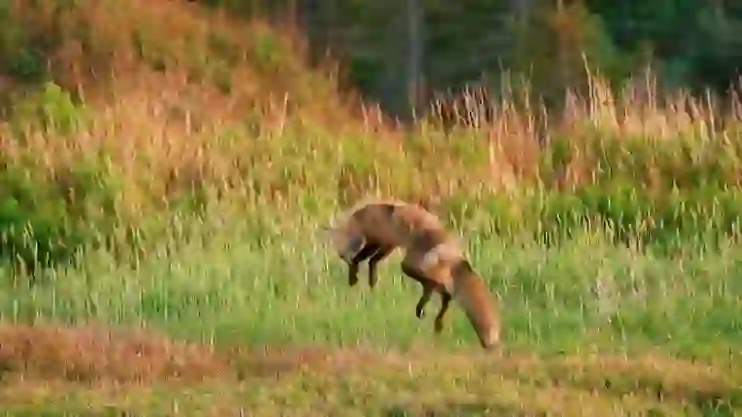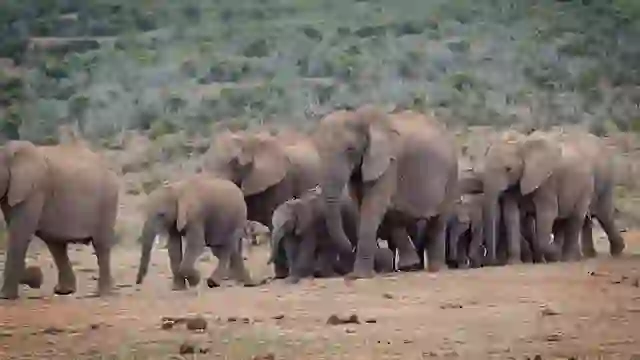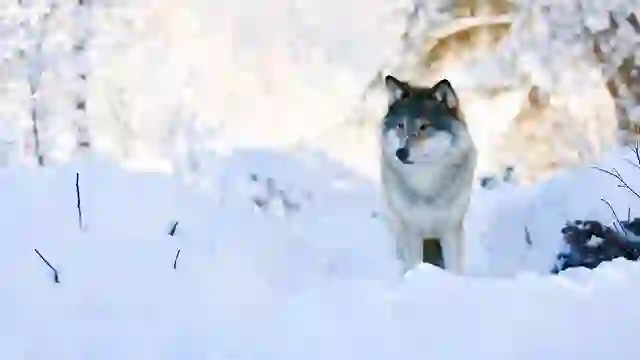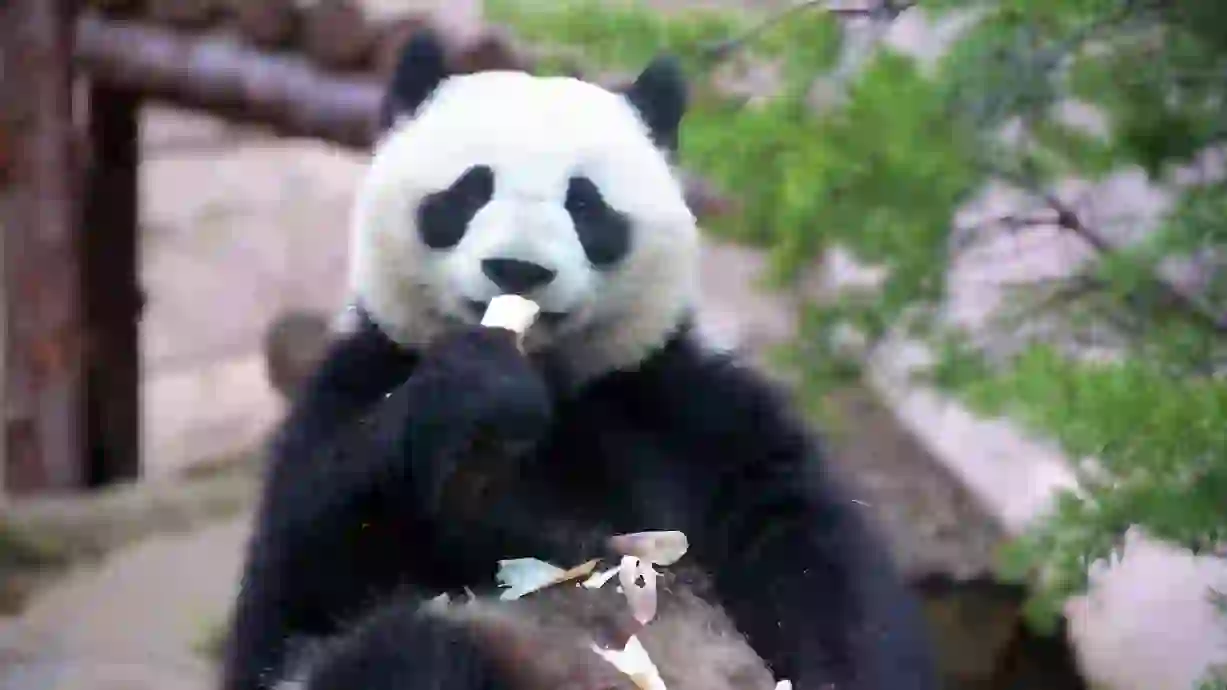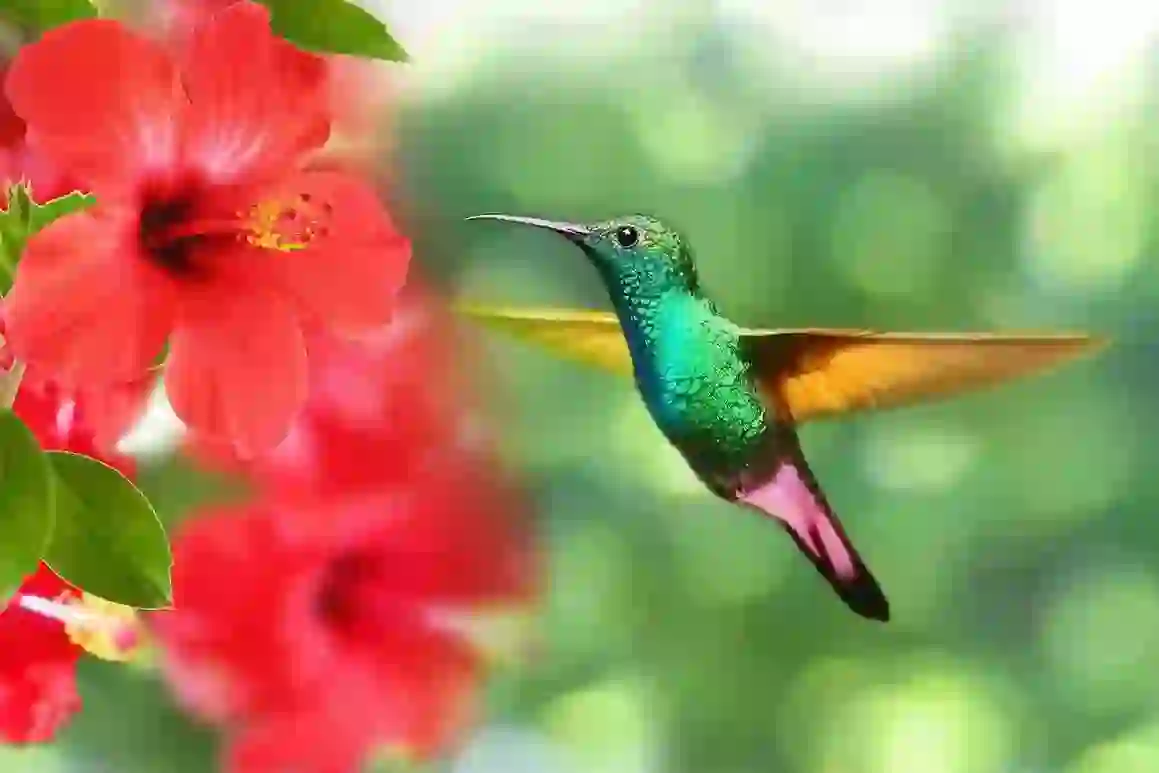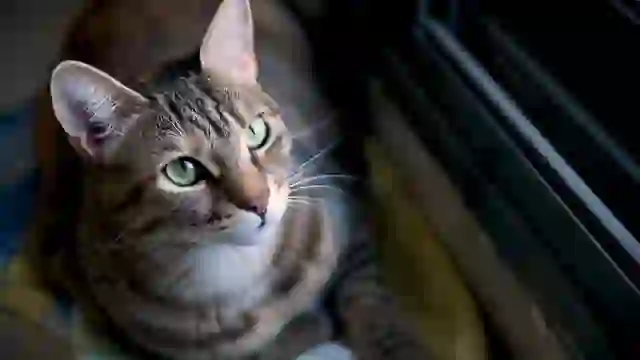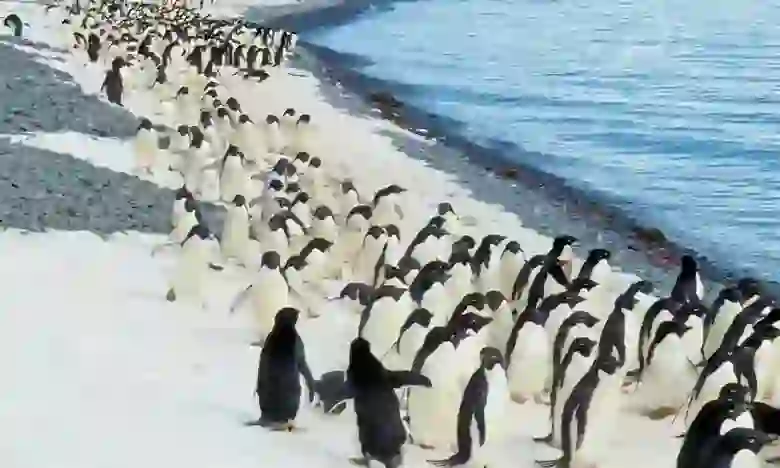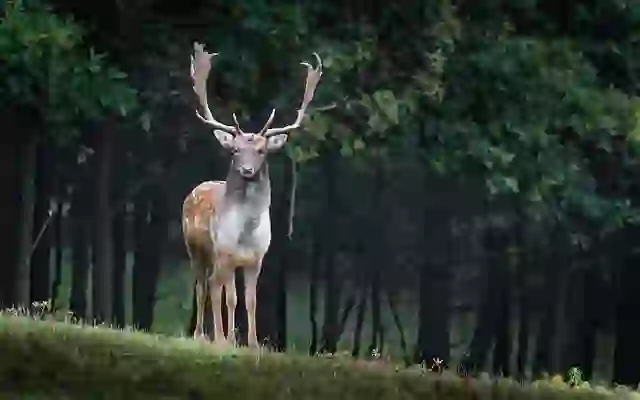
Skylark
Skylark
Skylark
Do you know the bird called 'Skylark'? It is famous as a bird of spring, and its name appears in songs as well. It has been beloved for a long time, so many of you might know it. I will introduce you to the Skylark.
Skylark Basic Infomation
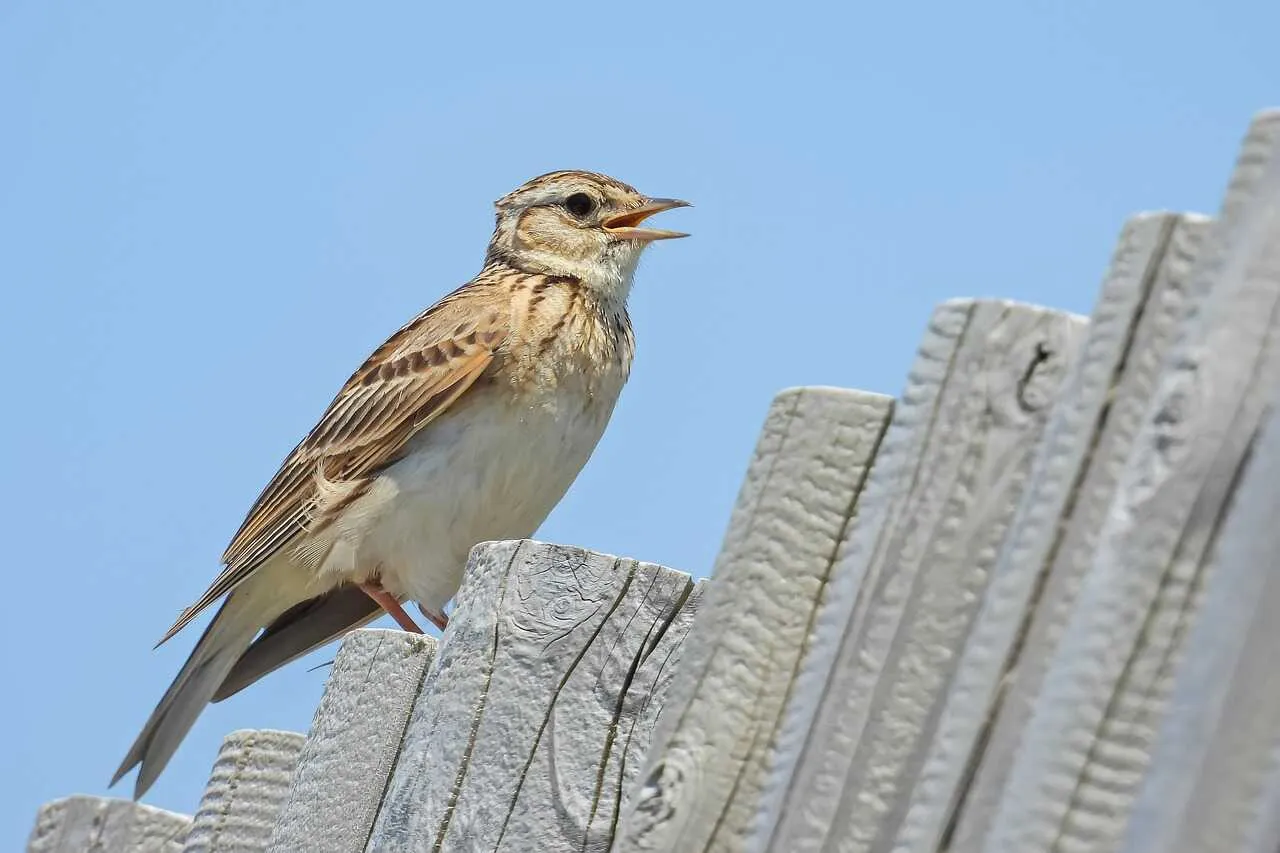
| Property | Value |
|---|---|
| Scientific Name | Alauda arvensis |
| Taxonomic Status | Accepted |
| Rank | Species |
| Kingdom | Animalia |
| Phylum | Chordata |
| Class | Aves |
| Order | Passeriformes |
| Family | Alaudidae |
| Genus | Alauda |
| Conservation Status | Near Threatened |
| Common Names | Eurasian Skylark, ヒバリ |
| Habitat | Open farmland and grasslands |
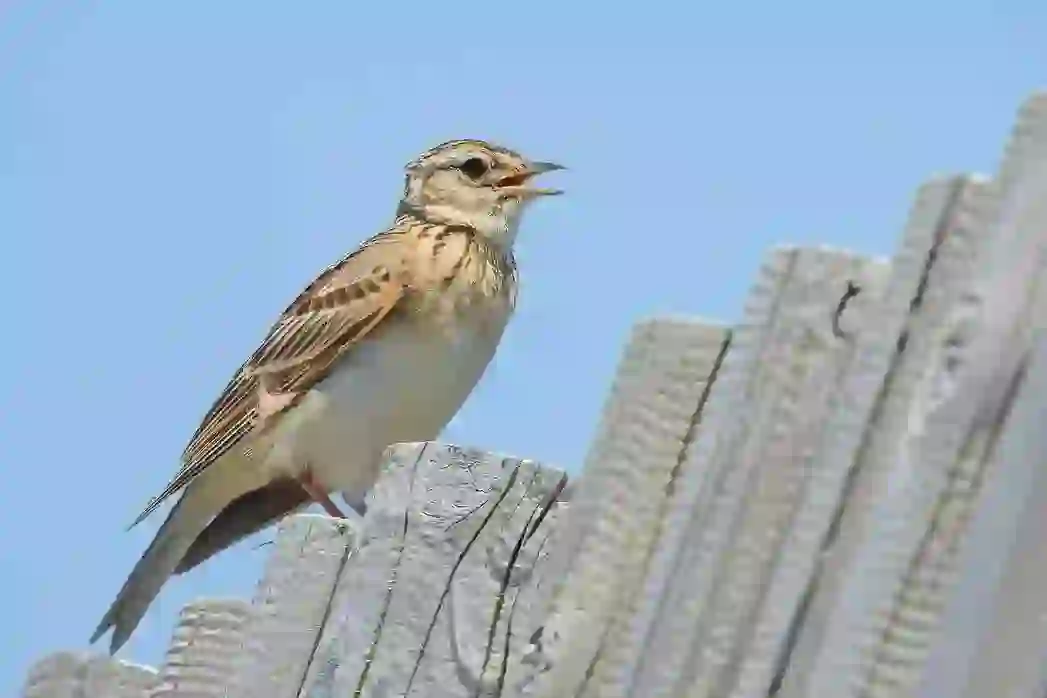
Basic Information on Skylarks
Order Passeriformes, Family Alaudidae, Genus Alauda
Total Length: About 17 cm
Wingspan: About 32 cm
Skylarks inhabit the Eurasian continent, Africa, and the UK, and are also found throughout Japan. They are mostly resident birds that stay in the same place without migrating. However, skylarks living in areas with heavy snowfall may migrate south to overwinter. In Japan, skylarks from Hokkaido are migratory, returning during the spring and summer, which is why they are considered 'summer birds'.
Skylarks are covered in brown feathers all over their bodies, with a yellow beak that turns black at the tip. They often stay hidden in grass or bushes, which might be why their coloration provides good camouflage. Their legs are pink, which is quite cute. The most distinctive feature is their head. The feathers on top of the head stand tall, making it look like they are wearing a crown. Males and females have the same body color, but males have a more pronounced crest on their heads, while females do not raise their crest as much, which is how they can be distinguished.
Skylark Q&A

What is the origin of the skylark's name?
It is said that the name 'skylark' originated from the bird singing high in the sky on clear days, hence the progression from 'hihari' ('day clear') and 'hihare' ('sunshine') to 'hibari'.
Another theory suggests that the name came from the bird's chirping, which sounds like 'pichiku' or 'piparu', leading to the name 'pipari' and eventually 'hibari'. Either way, the skylark's name is derived from its ecology and chirping.
In kanji, the skylark is written as '雲雀', meaning 'cloud lark', which reflects its high flight and color similarity to the sparrow. It's a fitting character representation.
In English, it is called 'skylark'. The origin might seem like it's always high in the sky, but skylarks typically spend time on the ground. During the breeding season, they sing while soaring high in the sky. The name 'skylark' suggests enjoying the sky, which may make them seem joyous when you next see them flying.
Historically, the skylark has been beloved and has various aliases like 'kokutenshi' or 'lark', and 'kyoutenshi', 'kyoutenji', 'kyoutenjaku', 'himehinadori', 'souten', varying regionally, indicating its proximity to human settlements.
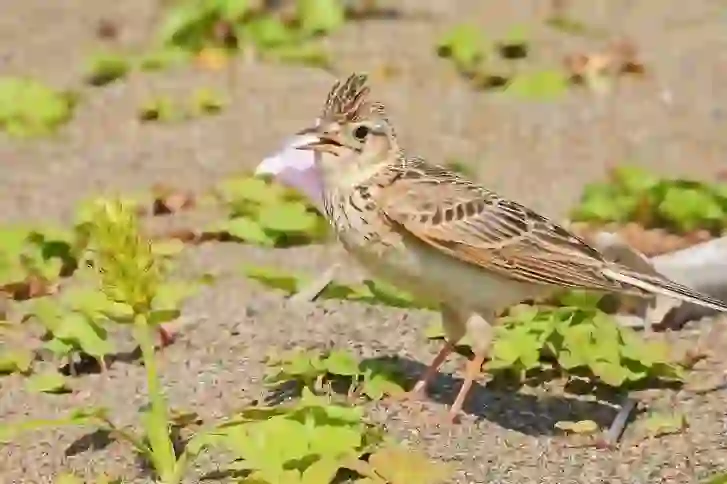
Why do skylarks live there?
Skylarks inhabit open areas such as grasslands, riverbanks, fields, beaches, deserts, and reclaimed lands, forming small flocks in dry places. Recently, they are also found in higher mountain areas, possibly due to urbanization reducing leafy areas.
As mentioned, skylarks usually spend time on the ground, walking in a unique manner where they step one foot at a time, unlike most small birds that hop. This ground movement allows them to stay mostly on the ground, moving without needing to fly over short distances.
Skylarks perform 'dust bathing', which is rare among small birds that typically bathe in water. This might be because their habitats are sand-rich, allowing them to use sand instead of water to clean themselves.

What do skylarks eat?
Skylarks primarily eat seeds and grains but are omnivorous and consume other items. While seeds and grains suffice for nutrition normally, during the breeding season, they need more nutrients and thus eat insects, spiders, centipedes, and earthworms, adjusting their diet as necessary.
They find various items and insects on the ground as they walk, occasionally eating low-hanging flowers and leaves.
Being omnivorous, they may find more food on the ground than in trees.

How do skylarks reproduce?
Skylark breeding season is from April to July, during which males appeal to females by singing from high places. The behavior of singing while flying upwards is known as 'agehibari', a seasonal phenomenon.
Once a mate is found, females build nests on the ground using leaves and roots, creating a hollow that fits into the landscape. While ground nests are less visible to birds, they are vulnerable to cats, weasels, and snakes.
Females lay 3-5 eggs and incubate them for about 11-12 days. After hatching, she feeds and warms the chicks, a sight that's quite endearing.
While the female takes care of the eggs and chicks, the male patrols the territory and continuously sings to protect the nest, ensuring a safe environment for raising the young.
Chicks leave the nest after 9-10 days, initially unable to fly but adapt by walking and feeding themselves on the ground, eventually learning to fly.
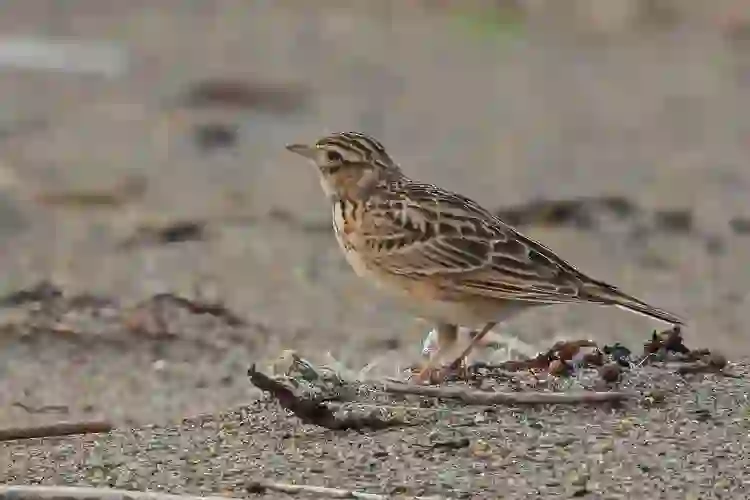
Why do skylarks sing?
Skylarks sing particularly during the breeding season, which can start as early as January. Males sing to mark and protect their territory, performing a 'high song' from elevated positions. They start their flight with a sharp chirp, sing while flying high, or hover while singing.
The high song consists of various complex and prolonged chirps, sometimes lasting up to 20 minutes, and can be performed from heights up to 100 meters.
The purpose of this high song is to announce territory to other males. To ensure it's heard clearly without physical obstructions, they sing from high places, effectively communicating their presence to nearby skylarks.
After the breeding and chick-rearing periods, they stop singing until the next breeding season, perhaps taking a break.

Is there a folktale about the skylark?
The skylark, being a bird familiar to humans, appears in folktales and poetry, including as a spring kigo (seasonal word) in haiku.
In the Man'yōshū, Otomo no Yakamochi laments using the skylark in a poem expressing sorrow. Other poets like Matsuo Basho and Yosa Buson have also celebrated the skylark in their works, symbolizing the season with its flight and song.
A Japanese folktale narrates that long ago, when the sun was still close to the earth, a skylark lent money to the sun. When the sun ascended to the heavens called by a god, it had yet to repay the skylark, who then angrily flew high, shouting about the debt in phrases that might sound like its chirping.
The tale humorously suggests the bird is demanding repayment and interest, providing a whimsical interpretation of its song.
Skylarks are cherished worldwide, symbolizing pure love through their song in the West and representing morning, akin to the rooster in Japan. The English proverb 'Lie with lambs and rise with larks' emphasizes early rising, linking the skylark with the start of the day.
The English poet Percy Bysshe Shelley and composer Ralph Vaughan Williams have also created works inspired by the skylark, with the latter's piece emulating its song on the violin.
The term 'agehibari' refers not only to the skylark's ascending flight but also to a traditional competition in Japan and China, where skylarks were timed on how long they could stay out of their cages. This practice was common before World War II, depending largely on the birds' mood rather than human effort.

Is the skylark listed as an endangered species?
While skylarks were once common and even kept as pets, regulations from 1979 have prohibited their domestication, leading to a decrease in their visibility.
The decline is primarily due to habitat loss from urbanization, with fewer grasslands and fields available, and a shift from wheat cultivation to vegetables. Additionally, the reduction in agricultural labor and increased use of pesticides contribute to their decline as these chemicals kill insects vital for the skylark's diet.
As a result, skylarks have been designated as endangered in various regions, including Tokyo, Northern and Southern Tama, with specific categories in other prefectures:
Fukushima, Yamaguchi, Western Tama in Tokyo: Critically Endangered
Chiba Prefecture: General Protection Species (D)
Kanagawa Prefecture: Declining Species
This issue extends beyond Japan, with the European Union implementing pesticide-free agriculture and habitat restoration to protect skylarks and similar wildlife, hoping to once again enjoy the sight and sound of skylarks as in the past.

Would you like to become a part of the 'Animalbook.jp'?
Turn your knowledge into Q&A and share it with the world. ※Publication will be activated after purchase. Let's share information together!
Skylark Type of List

There are several subspecies of the Skylark (Alauda arvensis). Below is a list of the main subspecies:
- A. a. arvensis - Northern, Western, and Central Europe
- A. a. sierrae - Portugal and central and southern Spain
- A. a. harterti - Northwestern Africa
- A. a. cantarella - Northeastern Spain to Turkey and the Caucasus in Southern Europe
- A. a. armenica - Southeastern Turkey to Iran
- A. a. dulcivox - Southeastern Europe in Russia to Western Siberia, Northwestern China, and Southwestern Mongolia
- A. a. kiborti - Southern Siberia, Northern and Eastern Mongolia, Northeastern China
- A. a. intermedia - Central Siberia to Northeastern China and Korea
- A. a. pekinensis - Northeastern Siberia, Kamchatka Peninsula, Kuril Islands
- A. a. lonnbergi - Northern Sakhalin
- A. a. japonica - Southern Sakhalin, Southern Kuril Islands, Japan, Ryukyu Islands
Information
Congratulations! You are the first commenter!

Create Your Favorite List!
Skylark
Save the animals you love! Build your own list to quickly revisit your favorites later.

Would you like to leave a comment?
※Please note: This is for the purchase of rights to post comments within the article.
Find Your Favorites!
Our shop offers a unique and attractive selection of goods themed around various animals.
Skylark References
Skylark Introduction of media used

出典:https://pixabay.com/images/id-7324438/

出典:https://pixabay.com/images/id-7204800/

出典:https://pixabay.com/images/id-7204799/

出典:https://pixabay.com/images/id-7076264/

other
出典:https://commons.wikimedia.org/wiki/File:Alauda arvensis nest in İzmir, Turkey.jpg
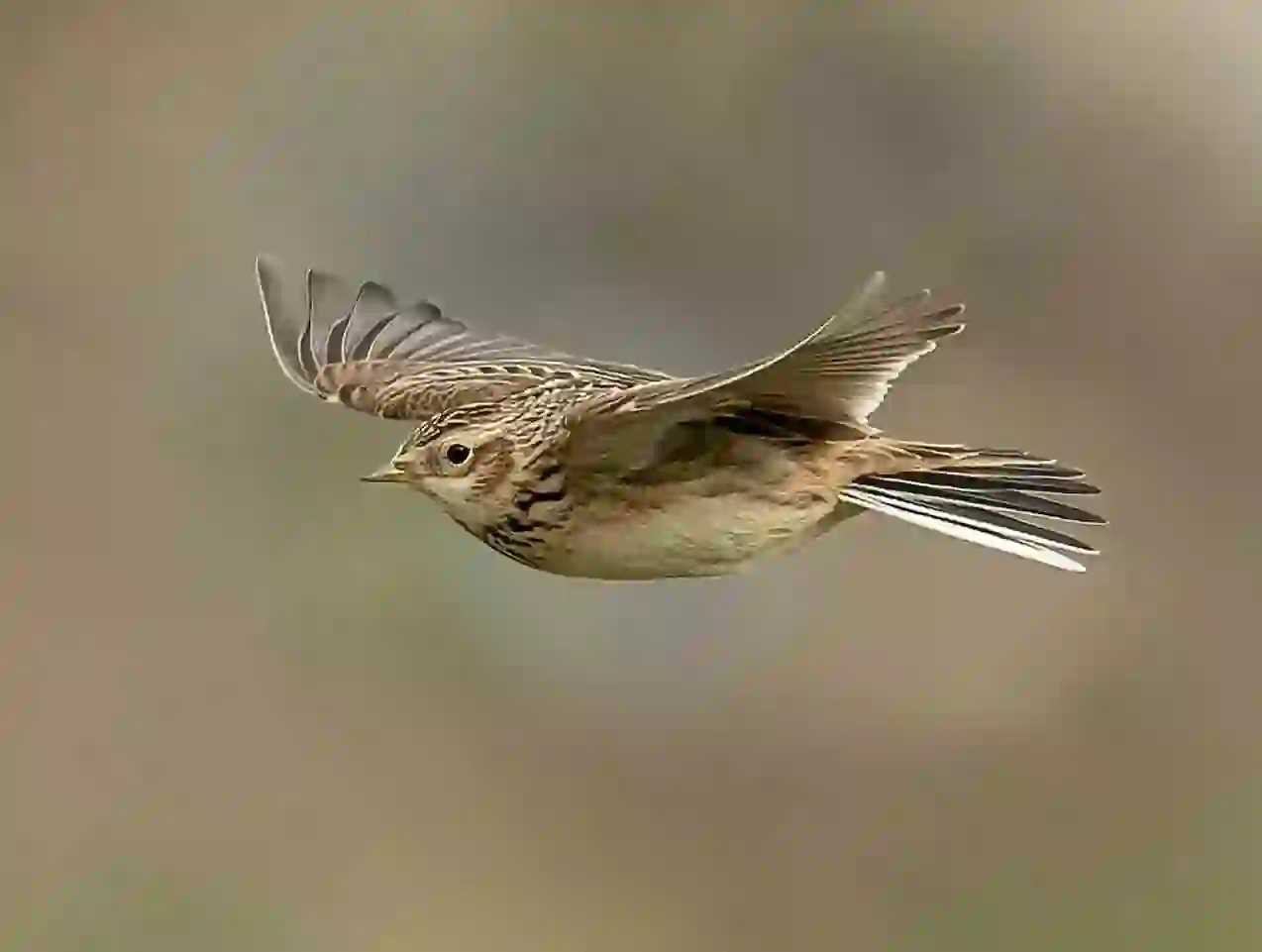
出典:https://unsplash.com/ja/写真/y3jsWdA0pBQ

出典:https://pixabay.com/images/id-5069553/
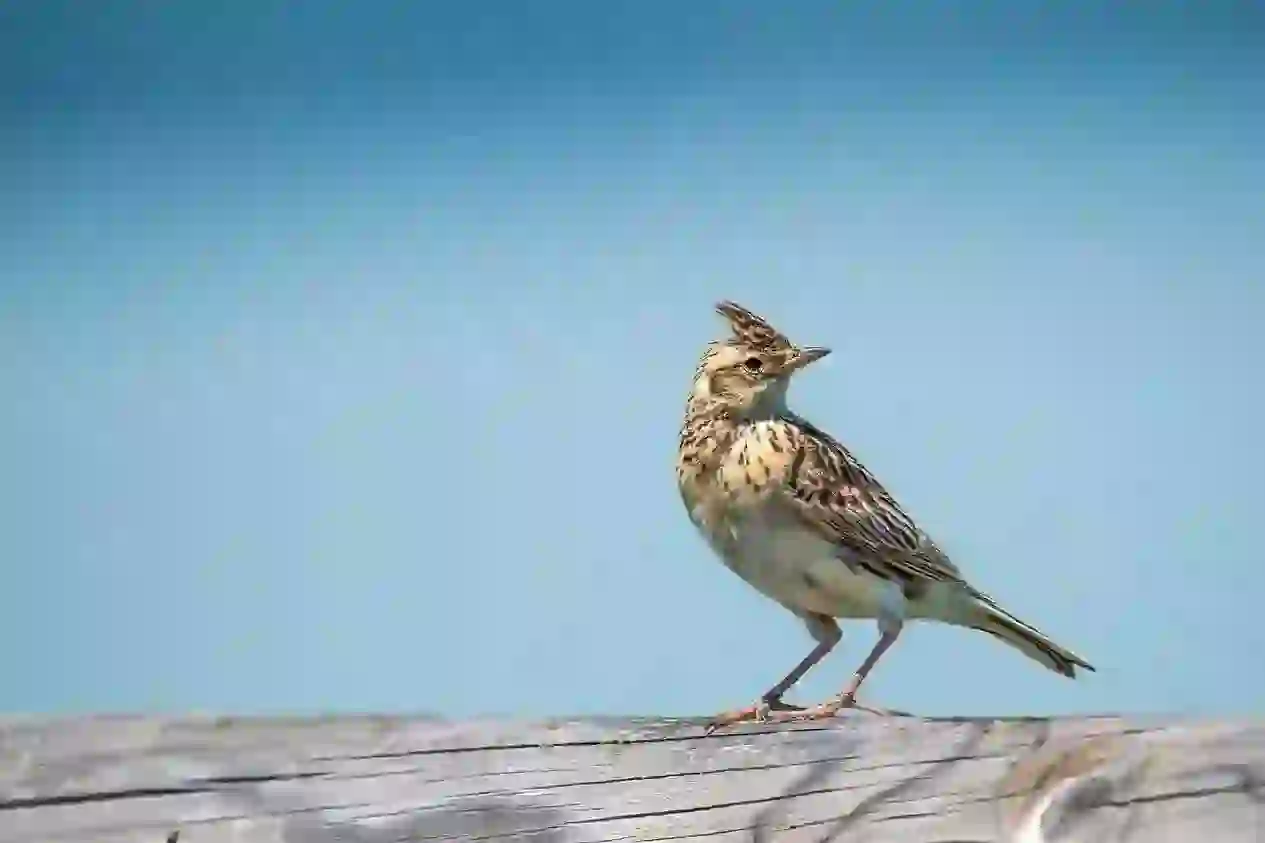
出典:https://pixabay.com/images/id-7298690/

Help Enrich Our Animalbook.jp with Your Media!
We are constantly looking to expand and enrich our Animalbook.jp with amazing photos and videos of animals. If you have any media that you'd like to share, please contribute and help us showcase the beauty and diversity of the animal kingdom. Your submissions will be credited and featured in our encyclopedia, reaching a wide audience of animal lovers.



